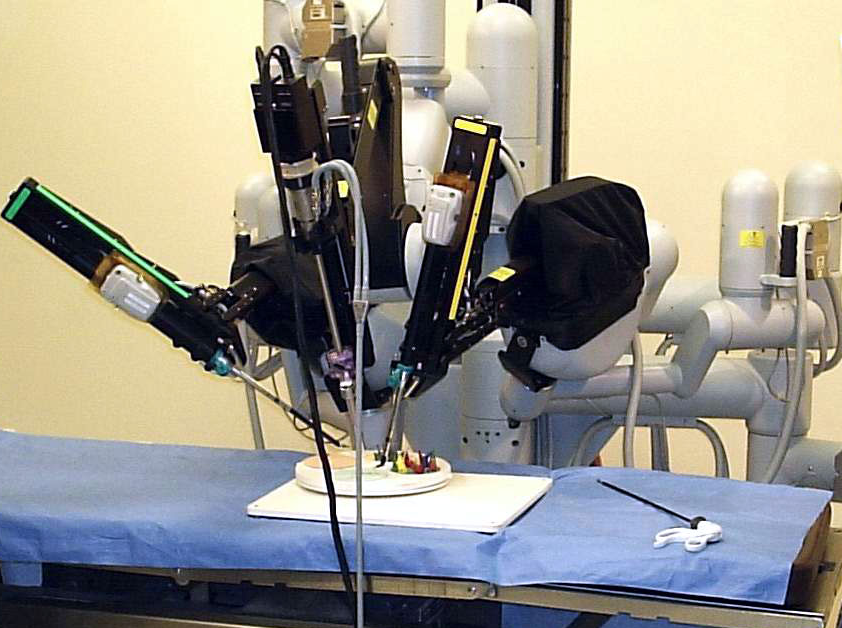
Although multiple sclerosis typically affects adults between the ages of 20 and 50, about 3 to 5% of patients with the disease begin experiencing symptoms as children. According to experts, pediatric multiple sclerosis is initially an inflammatory disease, but it takes longer to develop than in adults. Symptoms such as moderate to severe weakness, poor coordination of movements, poor bowel and bladder control occur on average 28 years after the onset of the disease. However, this still occurs about 10 years earlier than in adults with a later onset of multiple sclerosis.
A new study by an international team of Australian and American scientists involved 332 children and young adults aged 3 to 22 years who had multiple sclerosis for an average of seven months. Their age, place of residence and amount of sun exposure were comparable to 534 participants in a control group without multiple sclerosis.
In questionnaires completed by participants with multiple sclerosis or their parents, 19% said they spent less than 30 minutes a day outdoors last summer. In the control group, there were only 6% of such people. When the researchers adjusted for multiple sclerosis risks such as smoking and female gender, they found that participants who spent an average of 30 minutes to one hour outdoors daily were 52% less likely to develop this autoimmune disease compared to those who spent less than 30 minutes outdoors daily.
Sun exposure is known to increase vitamin D levels, but it also stimulates immune cells in the skin that play a protective role in diseases such as multiple sclerosis. Vitamin D is able to alter the biological function of immune cells and thus play an important role in protecting against this disease. And sun exposure, according to the researchers, could be a simple and affordable preventive measure. It will be especially useful for people of first-degree relatives of patients with multiple sclerosis, who have a high hereditary risk of this disease. In addition, according to the scientists’ observations, the use of sunscreen will not reduce the therapeutic effect of sunlight, but will help prevent skin cancer.
Now scientists are going to test whether increased sun exposure or vitamin D supplementation can change the course of multiple sclerosis even after diagnosis.
Prince Sebastian, Nicolas Cherbuin, Lisa F Barcellos, Shelly Roalstad, Charles Casper, Janace Hart, Gregory S Aaen, Lauren Krupp, Leslie Benson, Mark Gorman, Meghan Candee, Tanuja Chitnis, Manu Goyal, Benjamin Greenberg, Soe Mar, Moses Rodriguez, Jennifer Rubin, Teri Schreiner, Amy Waldman, Bianca Weinstock-Guttman, Jennifer Graves, Emmanuelle Waubant, Robyn Lucas. Association Between Time Spent Outdoors and Risk of Multiple Sclerosis. Neurology, 2021; 10.1212/WNL.0000000000013045 DOI: 10.1212/WNL.0000000000013045



